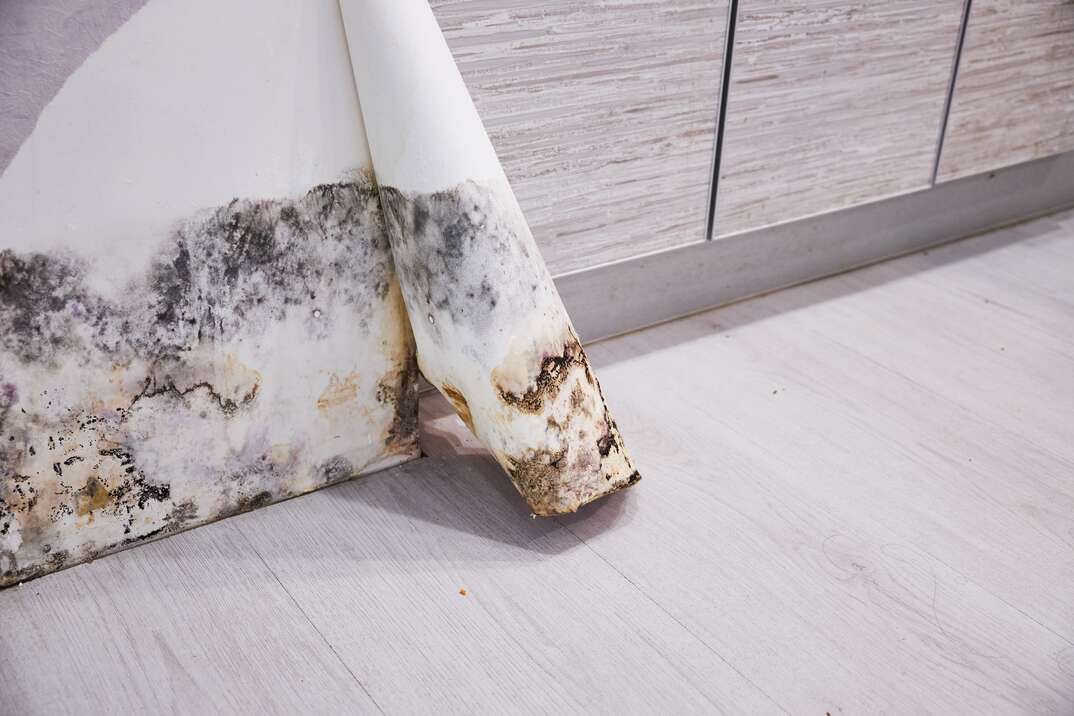Accessing Neighborhood Post Remediation Mold Testing Near Me
Accessing Neighborhood Post Remediation Mold Testing Near Me
Blog Article
Your Ultimate Guide to Post Mold And Mildew Remediation Strategies
In the after-effects of mold and mildew infestation, understanding exactly how to effectively remove the mold and mildew and prevent its reoccurrence is vital for keeping a healthy indoor atmosphere. From picking the right cleaning and disinfecting methods to carrying out methods for long-term mold prevention, each step in the removal journey plays an important function in ensuring a successful result.
Recognizing Post-Mold Removal Refine
After completing the mold remediation process, it is crucial to comprehend the post-mold remediation techniques that are necessary to ensure a effective and thorough cleanup. As soon as the mold and mildew has actually been eliminated, the next step involves cleaning and disinfecting the affected locations to stop any type of regrowth of mold and mildew. This consists of making use of specialized cleaning agents to clean down surface areas and kill any remaining mold spores. It is vital to dry the area completely to dissuade the growth of mold and mildew in the future (Post Remediation verification). Proper air flow and dehumidification can aid in this procedure.
Additionally, carrying out a final examination post-remediation is essential to guarantee that all mold has been effectively removed. This assessment ought to include a thorough visual check along with perhaps air sampling to verify the lack of mold and mildew spores airborne. If the evaluation reveals any kind of remaining mold, extra remediation might be essential. Enlightening owners on precautionary procedures such as managing dampness degrees and without delay attending to any water leaks can aid maintain a mold-free setting.
Efficient Cleansing and Decontaminating Methods

Preventing Future Mold And Mildew Development

Relevance of Appropriate Air Flow
Appropriate ventilation plays a crucial duty in stopping dampness accumulation, a key consider mold and mildew development within indoor settings. Efficient air flow systems aid remove excess moisture from the air, decreasing the chances of mold and mildew spores finding the wetness they require to germinate and spread. Without ample air flow, indoor areas can become a breeding place for mold and mildew, resulting in possible health dangers and structural damage.
By making sure proper air flow, air flow systems can also assist in drying out moist locations faster after water damages or flooding incidents, further preventing mold and mildew growth. After mold remediation. Precede like washrooms, attics, cooking areas, and cellars where moisture degrees have a tendency to be greater, setting up and preserving efficient ventilation systems is vital in protecting against mold and mildew infestations

Tracking and Maintenance Tips
Offered the important role that correct air flow plays in protecting against mold development, it is imperative to develop effective tracking and maintenance ideas to ensure the ongoing functionality of ventilation systems. Regular assessments of ventilation systems must be conducted to look for any type of indicators of clogs, leakages, or malfunctions that can hamper correct air movement. Monitoring moisture degrees within the property is likewise critical, as high humidity can add to mold and mildew growth. Setting up a hygrometer can aid track humidity levels and sharp homeowners to any type of spikes that may require focus. Additionally, making sure that air filters are regularly cleaned up or changed is crucial for maintaining the effectiveness of the air flow system. Implementing a schedule for routine upkeep jobs, such as air duct cleansing and heating and cooling system assessments, can aid prevent issues before they intensify. By remaining aggressive and conscientious to the condition of ventilation systems, homeowner can properly mitigate the risk of mold regrowth and maintain a healthy indoor environment.
Conclusion
In verdict, post-mold remediation techniques are essential for making certain a tidy and safe environment. Recognizing the procedure, implementing reliable cleaning and decontaminating approaches, preventing future mold and mildew growth, keeping appropriate air flow, and routine monitoring are all vital action in the removal process. By adhering to these guidelines, you can efficiently eliminate mold and mildew and prevent its return, functioning or promoting a healthy and balanced living space for all owners.
In the consequences of mold and mildew infestation, understanding how to successfully eradicate the mold and stop its reoccurrence is paramount for preserving a healthy and balanced indoor setting. Once the mold has actually been gotten rid of, the next action entails cleaning and sanitizing the influenced areas to stop any kind of regrowth of mold - what to do after mold remediation. After removing visible mold development, it is critical to cleanse all surfaces in the affected area to get rid of any type of continuing to be mold and mildew spores. To further enhance mold prevention procedures, it is crucial to address underlying issues that initially led to mold development.Offered the critical role that proper ventilation plays in avoiding mold growth, look at these guys it is important to establish effective surveillance and upkeep pointers to make sure the ongoing functionality of ventilation systems
Report this page